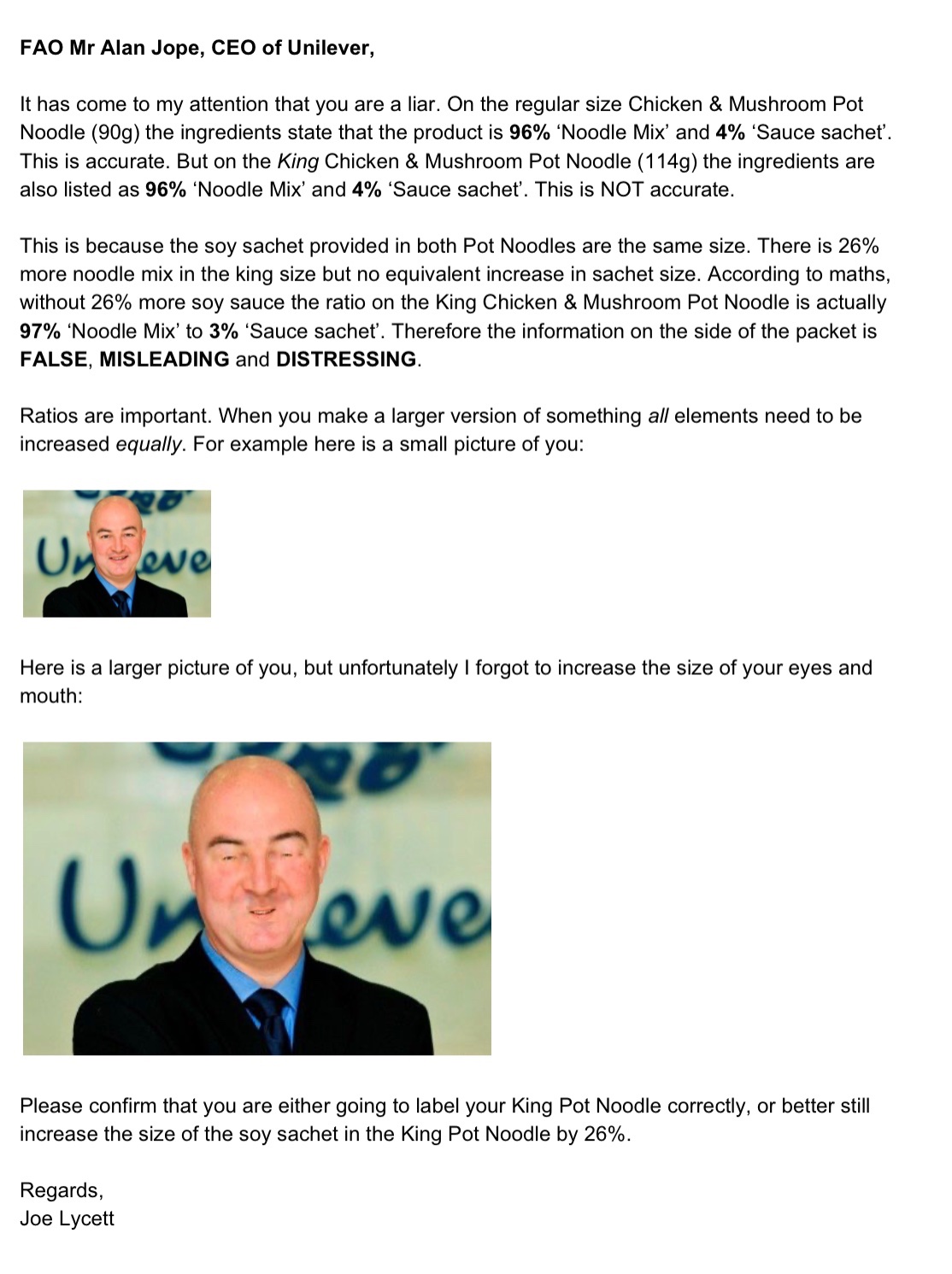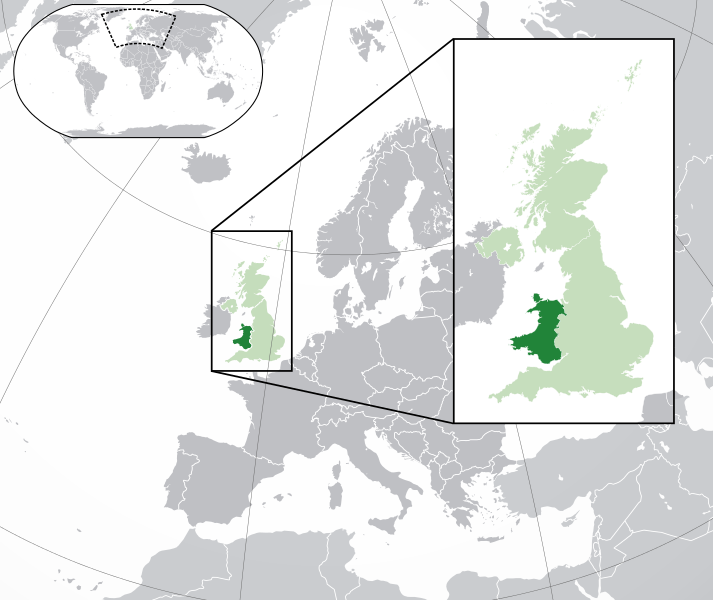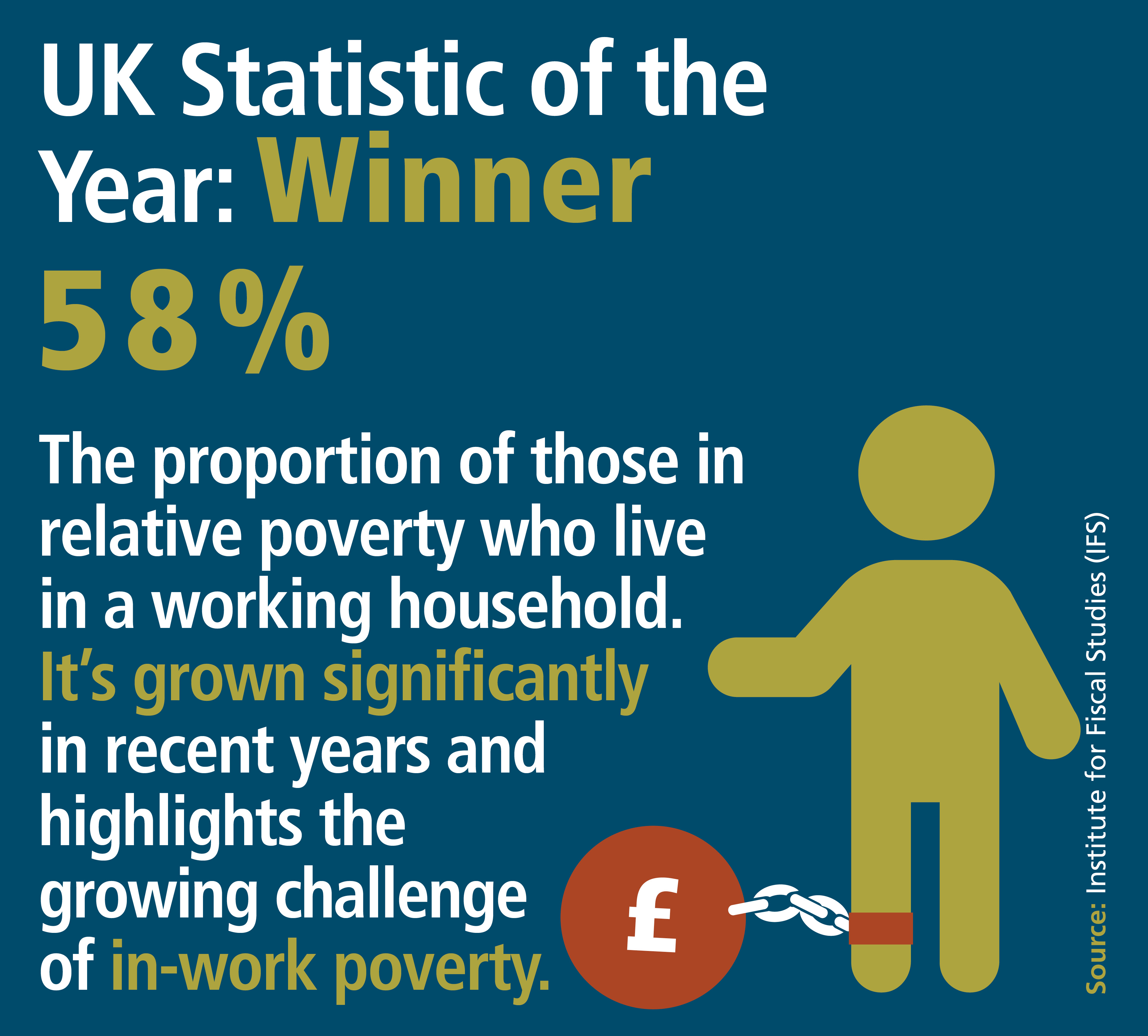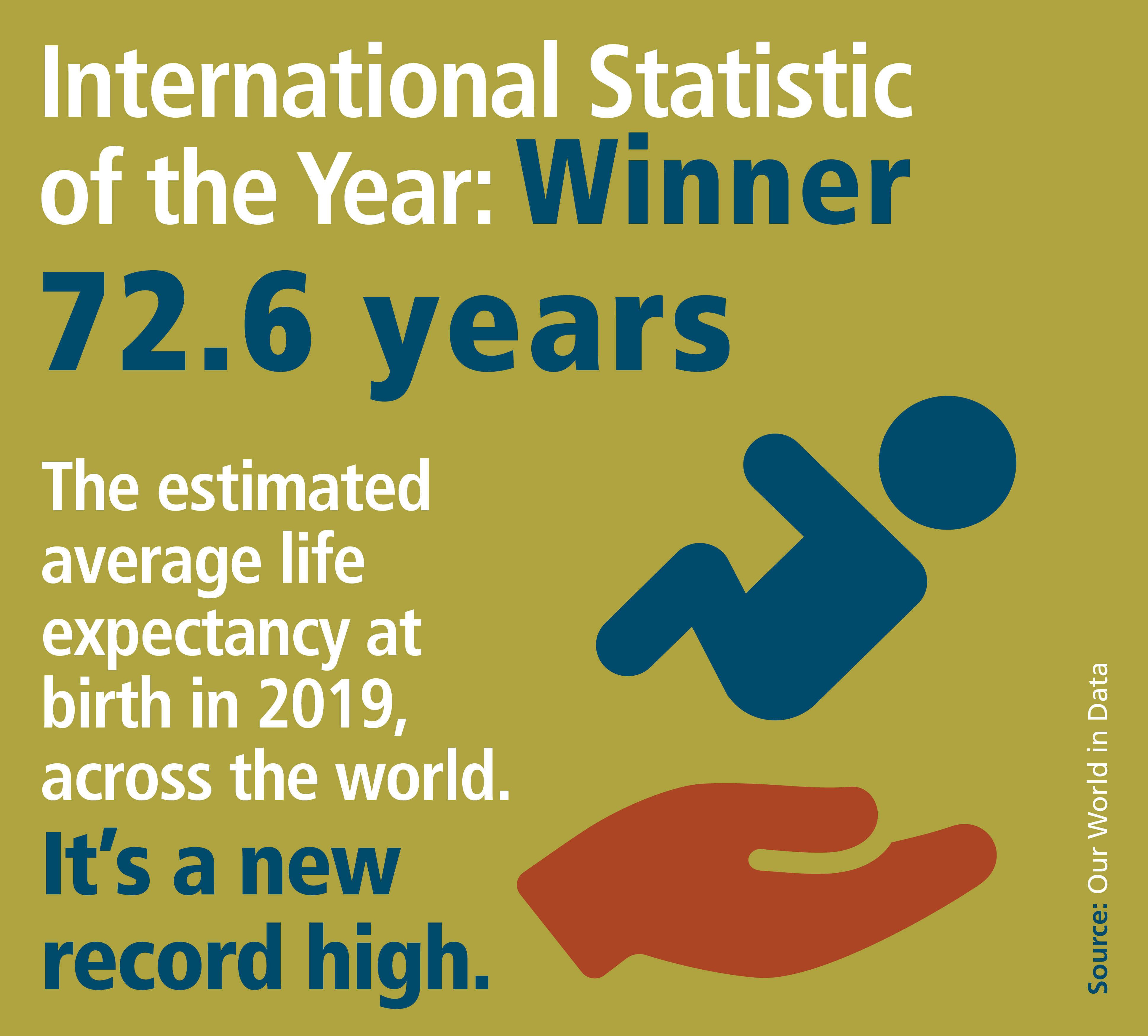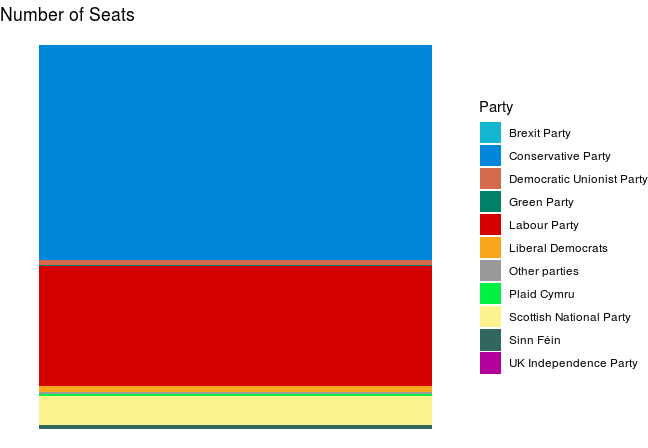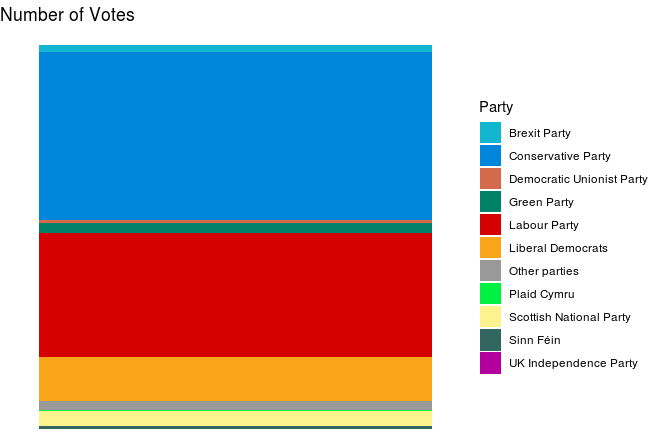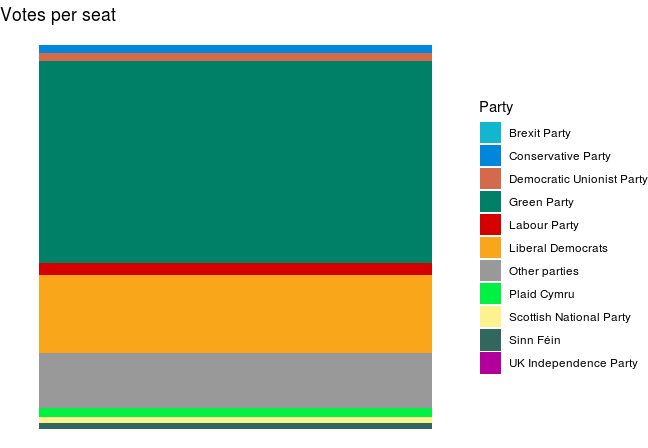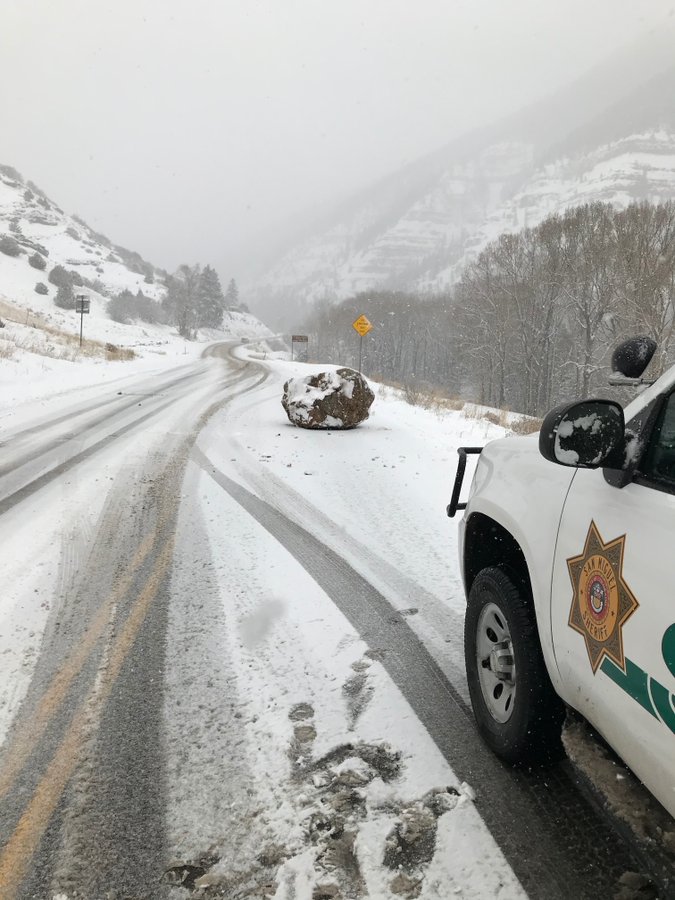
In this post I wrote about using unconventional units of measurement, such as using football pitches or Wales to measure area, or Double Decker Buses for height & volume, the blue whale for mass etc.
But, crucially, I omitted a vital measure of volume: the small boulder.
In, perhaps, the best tweet of the day, The San Miguel Sheriff wrote:
Large boulder the size of a small boulder is completely blocking east-bound lane Highway 145 mm78 at Silverpick Rd. Please use caution and watch for emergency vehicles in the area.
As one wag pointed out, a large boulder the size of a small boulder must surely be an average sized boulder.
Fortunately, the Sheriff in a later tweet, confirmed that the boulder had been moved and, more importantly, gave its dimensions as:
The boulder that fell onto Highway 145 at Silverpick Rd outside Telluride was approximately 4ftx4ftx4ft (64 cubic ft) and weighed about 10,000lbs.
So now we are able to quantify the “small boulder” unit.
By my calculations, 60 small boulders have the same volume as Double Decker Bus, and 20 small boulders weigh the same as one blue whale.
Important stuff.
Large boulder the size of a small boulder is completely blocking east-bound lane Highway 145 mm78 at Silverpick Rd. Please use caution and watch for emergency vehicles in the area. pic.twitter.com/EVMmDf0IJu
— San Miguel Sheriff (@SheriffAlert) January 27, 2020

